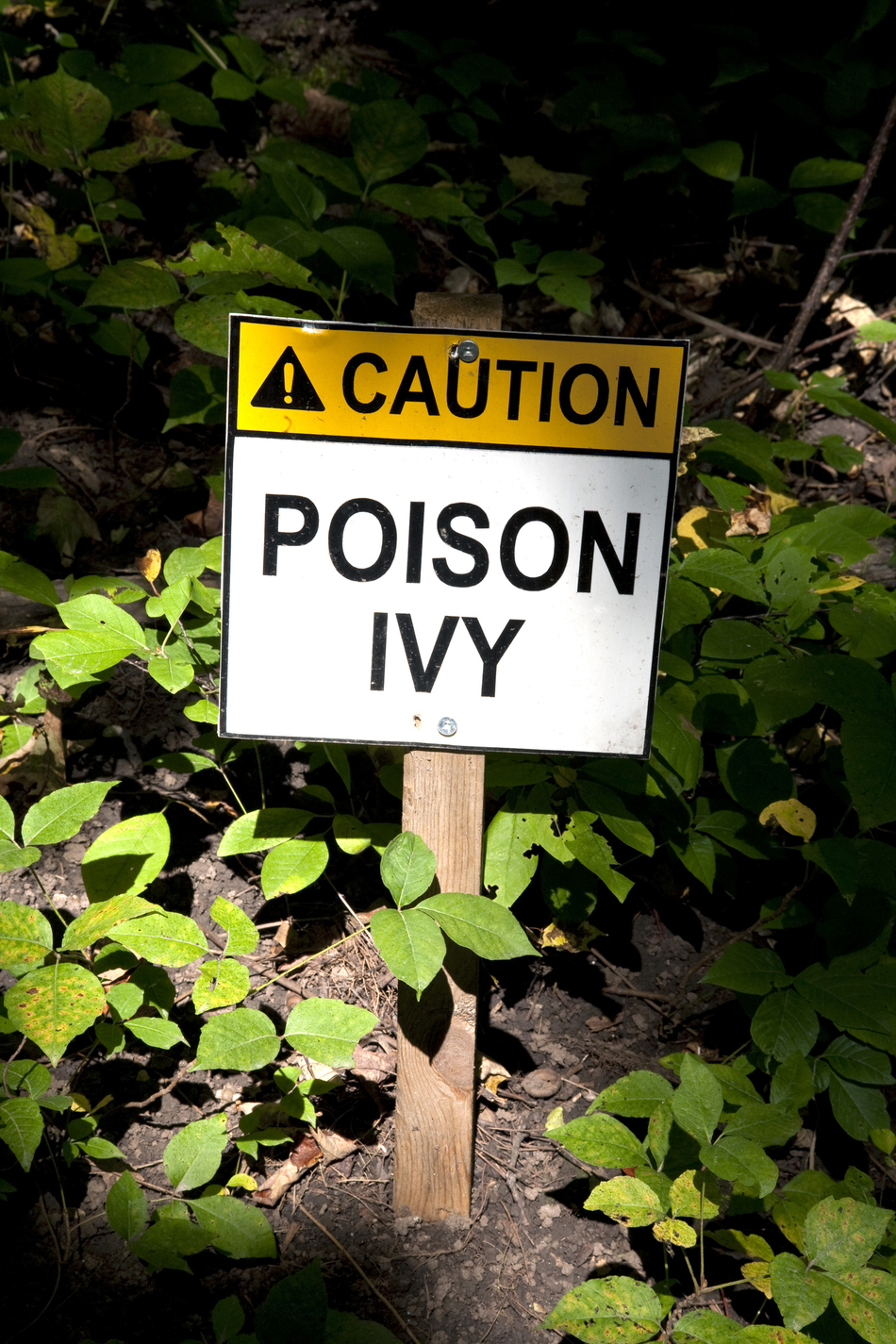
Episode Transcript
Interviewer: You got into some poison ivy. Should you worry and what should you do? That's next on The Scope.
Announcer: Health tips, medical news, research and more for a happier healthier life, from University of Utah Health Sciences, this is The Scope.
Interviewer: Dr. Scott Youngquist is an emergency room physician at University of Utah Health. As a kid, I was terrified of getting into poison ivy and personally, I never have, but I know that it does happen. Should somebody be terrified about getting into it first of all?
Dr. Youngquist: Well, I was terrified of it too, Scott, and I never got into it either. But you shouldn't be too terrified. It just causes a very annoying, itchy rash when you contact it on your skin.
Interviewer: All right. And is poison ivy and poison oak, are they kind of similar?
Dr. Youngquist: Yeah. There are three main problems in North America, poison ivy, poison oak, and poison sumac, which all cause the same type of reaction.
Interviewer: All right. And what does that look like on your skin?
Dr. Youngquist: Well, it starts out itchy and turns into a red rash that can become blisters as well and as people scratch at it, as they're prone to do because it's so itchy, can turn into scabs.
Interviewer: All right. And once you kind of get into it, how long until you start seeing some of those symptoms. Is it immediate or . . . ?
Dr. Youngquist: No. It's a delayed hypersensitivity reaction is what we call it in medicine, meaning the symptoms show up minutes to hours later and maybe half a day later before somebody notices that they came in contact with the poison ivy.
Interviewer: Okay. And are there other kinds of variables as to how severe it might be? Like I've heard that if it's wet that it might be worse. Is that true?
Dr. Youngquist: I don't know about wetness per se. Any part of the plant can cause a hypersensitivity reaction. But only 85% of people are sensitive to it. So there's 15% of the population that will not react, and that's sort of like their super power.
Interviewer: Okay. And then if it's scratches you, you know, because sometimes you might go through there with your bare legs. Could it be more dangerous if it gets into your bloodstream? Is that something that can happen, or is it really just a skin thing for the most part?
Dr. Youngquist: It's mostly a skin thing. The main problem with scratches is that they can become infected with other organisms. So it's a portal of entry for bacteria, usually can't get a large enough dose of the poison and poison ivy to cause a problem just from a scratch.
Interviewer: All right. And what are the treatments? If I get into it what should I start doing?
Dr. Youngquist: First thing you want to do is wash with cold water any parts of your body that have come in contact with the plant or the oak and remove any clothing that's come in contact with it as well. You can get the material on clothing or on anything else that's touched it, and then it will sit there for a while. It doesn't degrade. So you could pick up a rake from last season when you're raking up some of that stuff and touch it and get an exposure that way as well.
Interviewer: So if it gets on your clothes and you touched your clothes or your dog?
Dr. Youngquist: Yeah. That's been reported to come in . . . the dog can come in from the forest and bring the poison ivy with him or her.
Interviewer: All right. So wash it off with some cold water, some mild soap?
Dr. Youngquist: Yep, mild soap.
Interviewer: Okay.
Dr. Youngquist: And then the waiting begins to see if you react. If you do react, most of the problem is due to itching, and some people it drives nuts. You can try over-the-counter Benadryl and some calamine lotion, some oatmeal baths. That usually helps with the itchiness.
Interviewer: But otherwise not a major danger where you get into the trouble as if you really start scratching and damaging your skin.
Dr. Youngquist: Yeah. That's the main problem. Although I did have a friend who was camping with his family and they picked out poison oak as the branches they would use to roast their marshmallows, so they all ended up with swollen lips and tongues and had to go to the emergency department.
Interviewer: Wow.
Dr. Youngquist: So don't eat the stuff.
Interviewer: Okay. Some good advice. All right. And probably don't rub your eyes.
Dr. Youngquist: Right. Don't rub your eyes.
Interviewer: It could be pretty bad. So is there a point where you would need to see a doctor?
Dr. Youngquist: Well, doctors can prescribe steroids, of course. So if the Benadryl and the calamine and other treatments aren't cutting it for your itchiness, then, of course, steroids may help with that subjective sense of itchiness. Otherwise, there's not much that can be done.
Interviewer: All right. And how long does it take to run its course?
Dr. Youngquist: Well, it can take a few days to a week.
Announcer: Want The Scope delivered straight to your inbox? Enter your email address at thescoperadio.com and click "Sign Me Up" for updates of our latest episodes. The Scope Radio is a production of University of Utah Health Sciences.